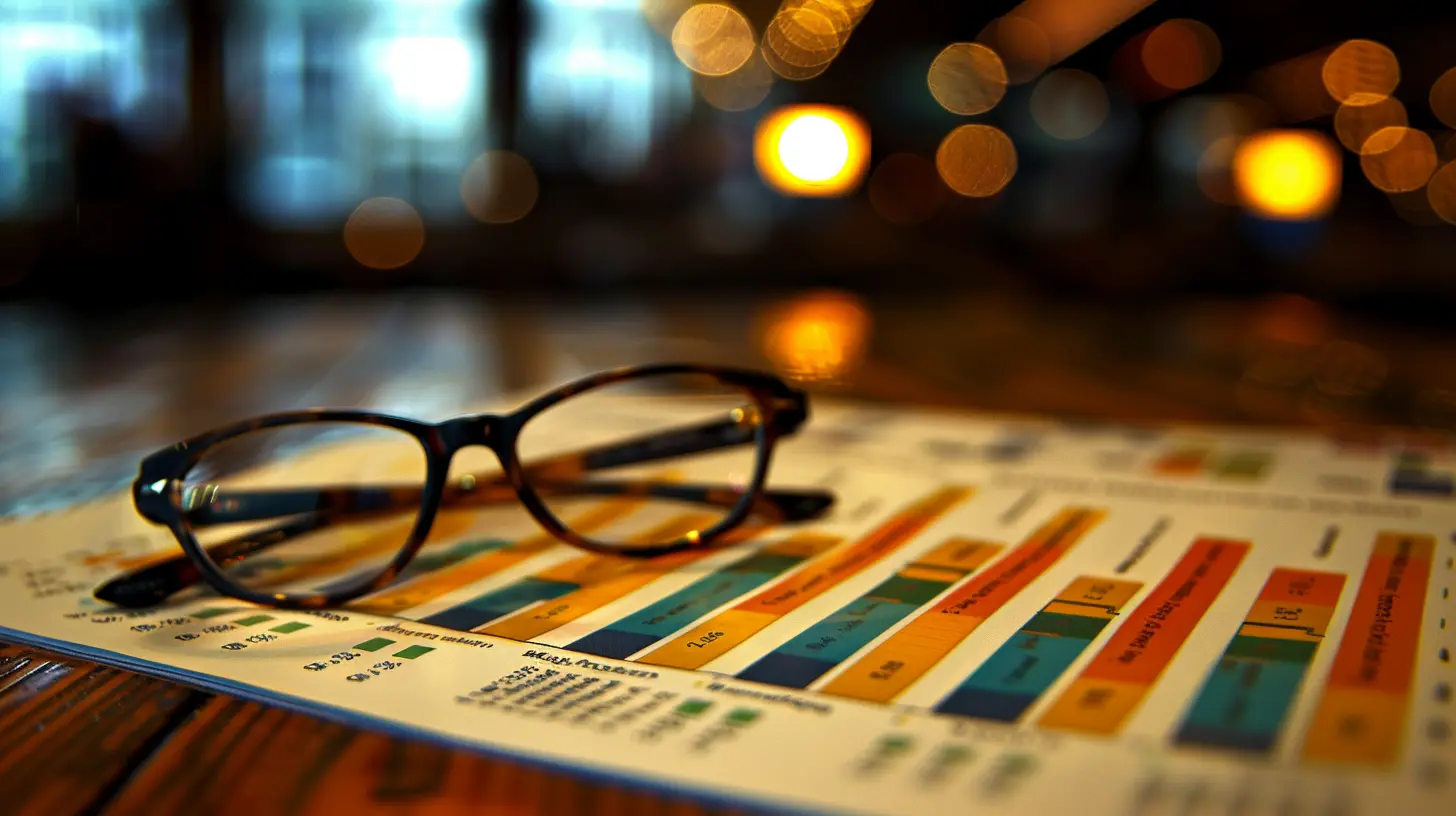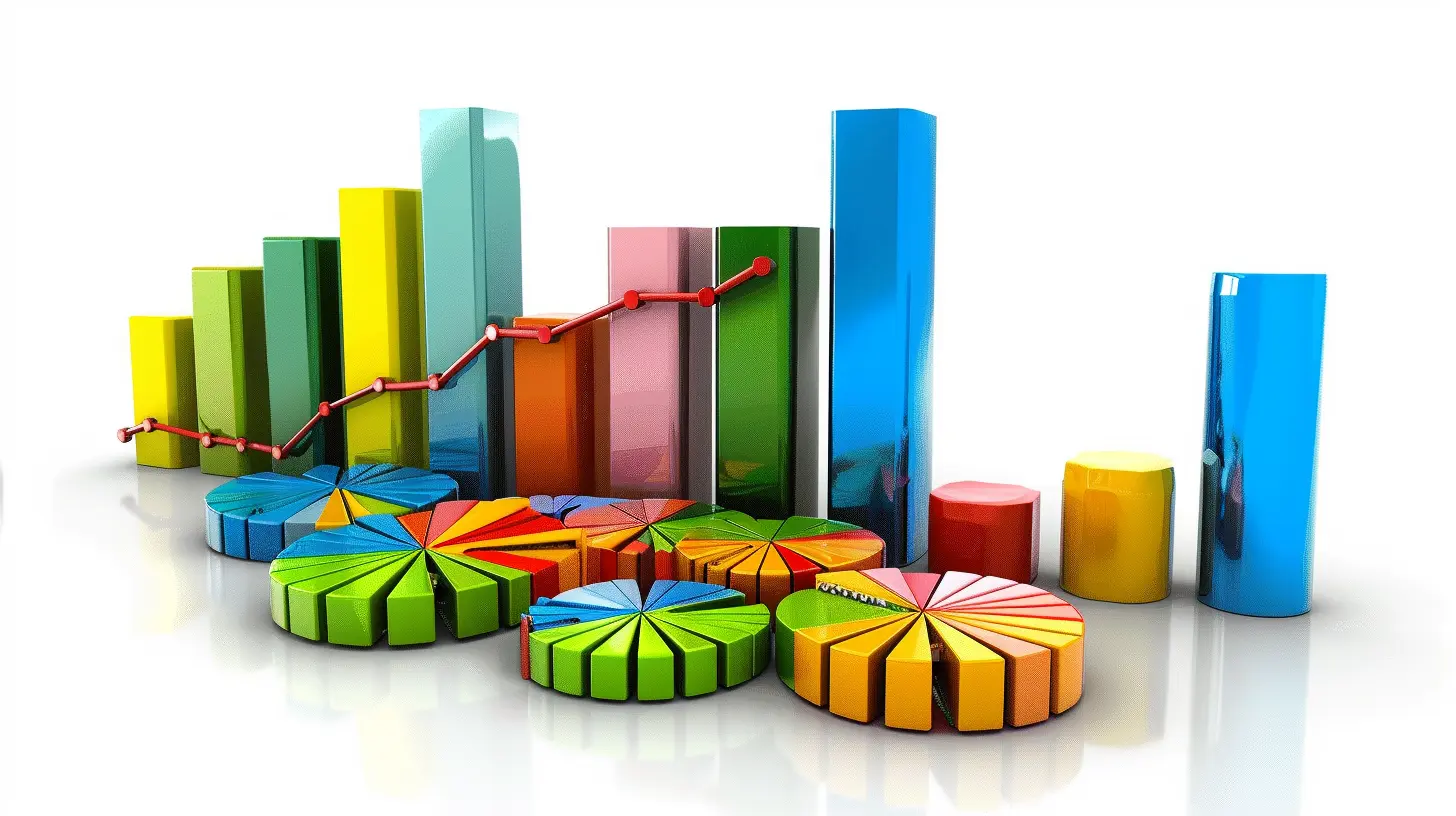How Descriptive Analytics Can Improve Operational Efficiency
12 July 2025
Let’s face it – the world is swimming in data. Not just trickles of information, but full-on tsunamis of it. From your smartwatch telling you how much sleep you didn’t get last night, to your favorite online store predicting what you’ll want to buy next (it’s creepy how accurate they are, isn’t it?), data is everywhere. But here’s the kicker: data by itself is like that one drawer in your kitchen full of mismatched Tupperware lids – kind of useless until you figure out how to make sense of it.
That’s where descriptive analytics swoops in wearing a superhero cape. Think of it as the Marie Kondo for your data: sorting, organizing, and using it in ways that spark joy (or at least boost your operational efficiency). In this blog, we'll chat all about what descriptive analytics is, how it works, and yes, how it can give your business operations a much-needed turbo boost. Ready? Let’s dive in – and don’t worry, I’ll keep the jargon to a minimum. 
What is Descriptive Analytics? (And Why Should You Care?)
Alright, let’s break it down. Descriptive analytics is basically the “what happened?” of the analytics world. It takes those mountains of raw data hanging around your business and converts them into insights that make sense. Numbers turn into stories. Patterns reveal themselves. Trends pop out like a Where’s Waldo page when you finally find him.Think of it like reading the scoreboard after a game. Descriptive analytics won’t tell you why you lost the match or how you can win next time, but it’ll lay out the stats: who scored, how many fouls there were, and how many hot dogs were sold at the concession stand. This can set the stage for smarter decisions moving forward.
And here’s the thing – if you’re running a business and not tapping into descriptive analytics, you might as well be throwing darts in the dark. No one wants to run operations based on gut feelings alone. That’s just asking for chaos (and maybe some sleepless nights). 
How Does Descriptive Analytics Work Its Magic?
Now, don’t be intimidated. I’m not going to get all techy on you. Descriptive analytics isn’t just for the IT whizzes or data geeks. Here’s a simple way to think about it:1. Collect the Data: Descriptive analytics starts with gathering data from various sources. Think sales reports, customer feedback forms, website traffic, or that Excel sheet your intern swears is "under control."
2. Organize the Chaos: All that data is then cleaned up. (Because nobody’s got time for messy spreadsheets. We’re talking duplicates removed, errors corrected, and formats standardized.)
3. Analyze and Summarize: Algorithms come into play. The data gets crunched, summarized, and presented in a way that’s actually… y’know… understandable. Charts, graphs, tables – the works.
4. Identify Patterns and Trends: This is where the magic happens. Descriptive analytics doesn’t just spit out data – it highlights the juicy nuggets, like "Hey, sales are always higher on Tuesdays" or "Our customer churn rate spiked after that email campaign (oops)."
It’s a bit like having a magnifying glass for your business. You’re not just looking at raw numbers – you’re uncovering actionable insights. 
Why Operational Efficiency and Descriptive Analytics Are BFFs
Okay, so by now you’re probably thinking, “Cool, but how does this help me run my business better?” Glad you asked.1. Pinpointing Bottlenecks (A.K.A. What’s Slowing You Down?)
Have you ever been stuck in traffic and realized that one car changing lanes is holding up the entire freeway? Yeah, operational bottlenecks are the business version of that. Descriptive analytics can identify where processes are slowing down.For instance, maybe your warehouse is slower than molasses on a January morning because products aren’t being stocked efficiently. Or maybe your customer support team is swamped because tickets are piling up faster than they can clear them. Once you know the problem, you can fix it.
2. Smarter Resource Allocation
Let’s face it – resources (whether it’s money, people, or time) are finite. You can’t just throw everything at every problem. Descriptive analytics helps you figure out where your efforts will actually pay off.For example, say your data shows that 80% of your sales come from 20% of your customers (classic Pareto Principle). Instead of wasting resources on the other 80%, you can double down on keeping your VIP customers happy. Handwritten thank-you notes, anyone?
3. Tracking Key Performance Indicators (KPIs)
KPIs are like the heartbeat of your business. Descriptive analytics helps you track them with precision. Whether it’s sales growth, order fulfillment times, or website bounce rates, you can see exactly where you stand.It’s like having a Fitbit for your business – except this one won’t guilt trip you about skipping leg day.
4. Making Data-Backed Decisions
Imagine trying to navigate through a forest with no compass or map. You’d be wandering around aimlessly, swatting away bugs, and probably yelling at trees. That’s what decision-making without descriptive analytics feels like.Instead, let the data guide you. For example, your analytics might tell you that Product A sells twice as fast as Product B in the summer months. Now you know to stock up on Product A during June, July, and August. Boom – fewer stockouts, more sales, happier customers.
5. Firefighting With Confidence
Every business has its fair share of emergencies. Whether it’s a dip in profits, a PR hiccup, or an employee mutiny (okay, hopefully not the last one), descriptive analytics can help you figure out what’s going on – and fast.It’s like having a detective on speed dial. You get to the root of the issue quicker, so you can put out the fires before they turn into raging infernos. 
Real-Life Examples of Descriptive Analytics in Action
This all sounds great in theory, but let’s bring it to life with some real-world examples:1. Retail: A clothing store uses descriptive analytics to see that sales of winter jackets spike in October. Armed with this info, they start stocking up on jackets in September, ensuring they don’t miss out on potential sales.
2. Healthcare: A hospital tracks patient admission data and realizes most ER visits happen on Friday nights (shocker). They use this insight to schedule more staff for those shifts, improving wait times and patient care.
3. Restaurants: A pizza chain notices through descriptive analytics that orders for pepperoni pizzas triple during the Super Bowl. Next year, they prep extra dough, hire temporary drivers, and rake in the dough (pun intended).
The Future is Data-Driven (So Strap In)
Here’s the bottom line: businesses that aren’t leveraging descriptive analytics are leaving money, time, and opportunities on the table. Period.Descriptive analytics isn’t just a buzzword or a fancy tech thing. It’s like your GPS in the journey of running a business. It points out where you are, shows you the road ahead, and helps you avoid potholes along the way.
Sure, it won’t solve all your problems (you’ll still need coffee and a good team for that), but it’ll give you the clarity and confidence to tackle operational challenges head-on. And honestly, isn’t that half the battle?
So, what are you waiting for? Dust off that data, plug it into some analytics tools, and watch your operations go from “meh” to “wow.” Who knew numbers could be this exciting?
all images in this post were generated using AI tools
Category:
Data AnalysisAuthor:

Remington McClain
Discussion
rate this article
1 comments
Bailey Erickson
This article insightfully highlights how descriptive analytics can transform operational efficiency. By leveraging historical data, businesses can identify trends, streamline processes, and make informed decisions to enhance overall performance. Great read!
July 19, 2025 at 2:56 AM

Remington McClain
Thank you for your kind words! I'm glad you found the insights on descriptive analytics valuable for enhancing operational efficiency.


